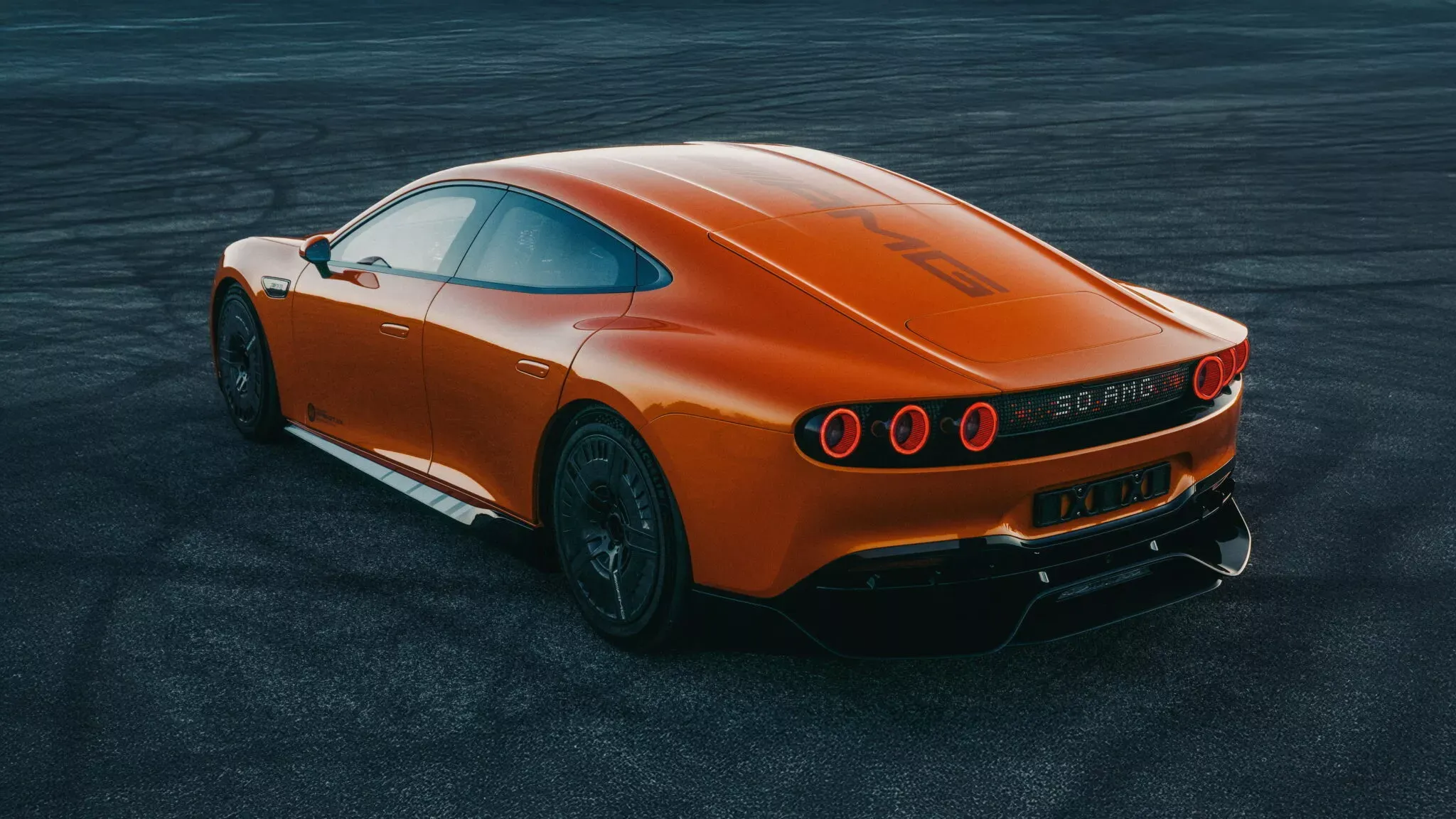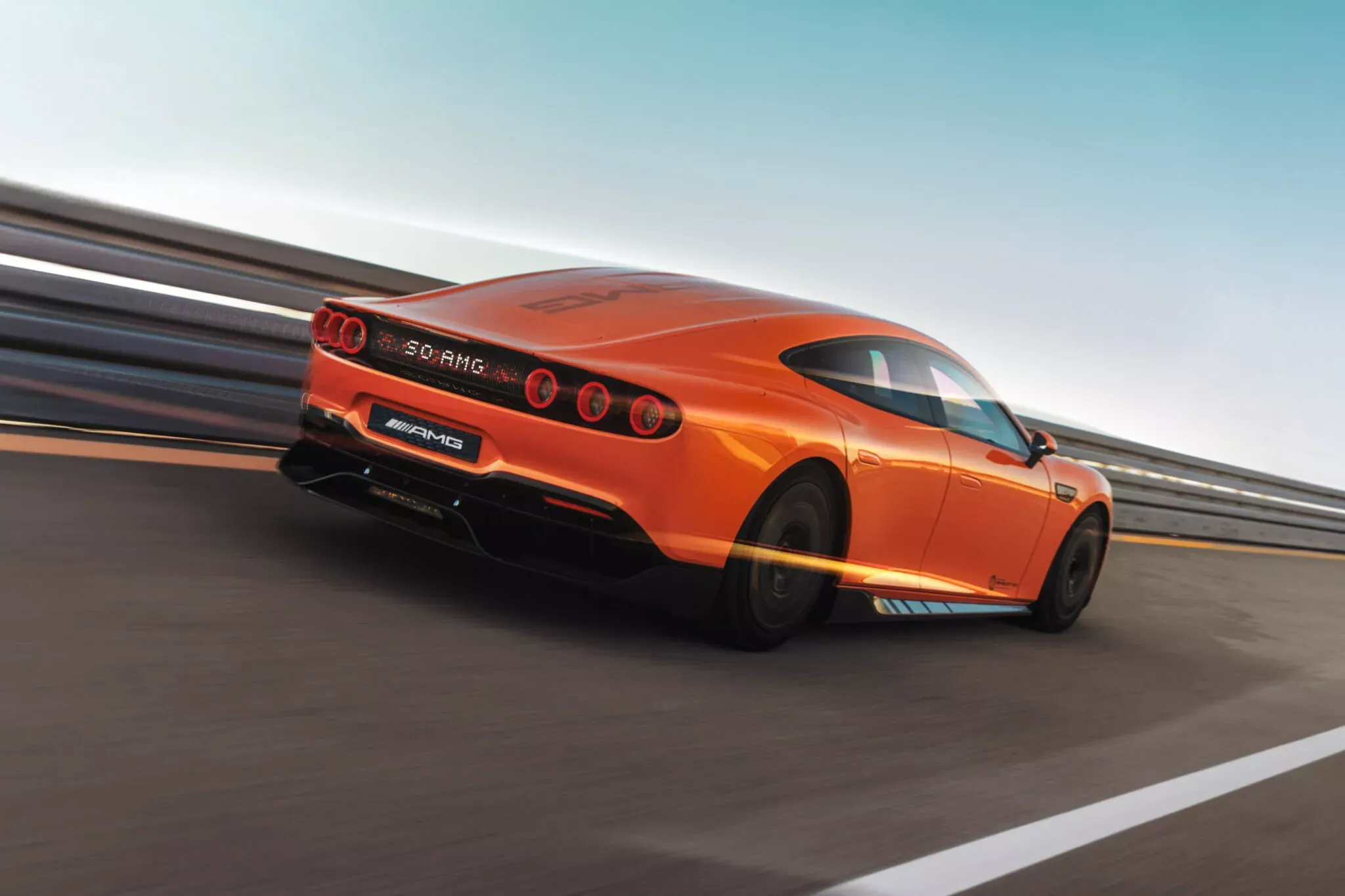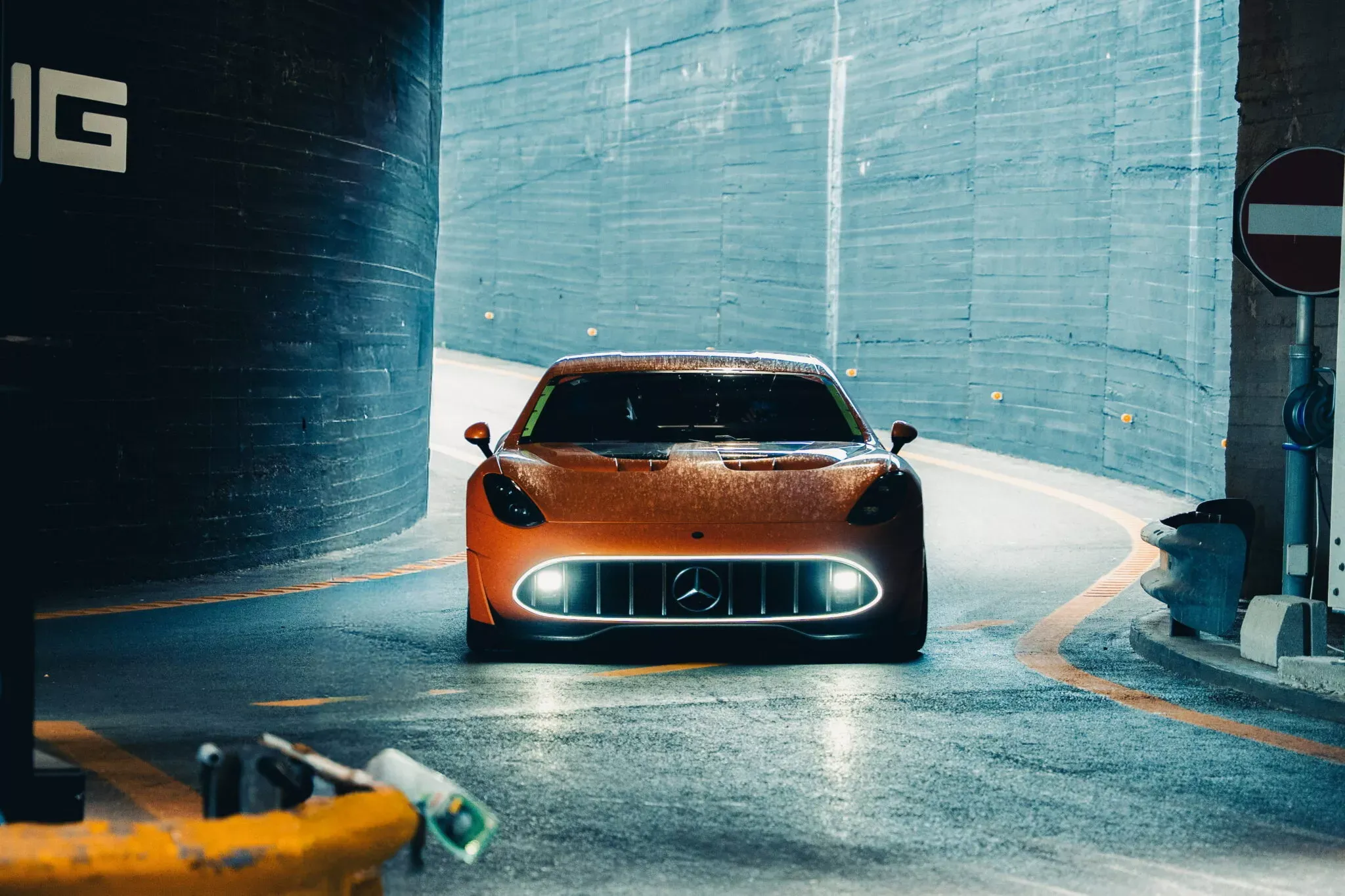The Mercedes-AMG GT XX Concept has redefined what “electric endurance” means. In 7 days and 13 hours, it traveled 24,860 miles — the circumference of the Earth — and set 25 official records. It wasn’t luck: it was aggressive engineering, surgical thermal management, and charging levels almost “sci-fi.”
What did the AMG GT XX prove by running 24,860 miles nonstop?

That an ultra-high-performance electric hypercar can be both fast and tireless at the same time. The average speed was 137 mph, including stops for charging — something unthinkable a few years ago. It completed 3,177 laps on a 7.87-mile (12.68 km) circuit, under peaks of 95°F (35°C), with no significant drop in pace. In other words: sustained power and thermal management worked.
The achievement included records for distance covered in windows of 12 to 168 hours and milestones such as 2,000, 10,000, 20,000, and 25,000 miles. The “world record” clocked 24,860 miles in 7 days, 13 hours, and 24 minutes. Context is everything: this is a concept previewing the AMG.EA family, and it changes the benchmark for what to expect from sporty EVs. For details on the origin and purpose of the prototype, see the analysis of the Mercedes‑AMG GT XX Concept EV.
How does the 1,360 hp powertrain maintain pace for days?
Three axial-flux motors deliver 1,000 kW (approx. 1,360 hp) with extremely high power density. This architecture reduces losses, improves response, and enhances efficiency under constant high load. The heart is the battery with direct cooling—similar to Formula 1—preventing hotspots and keeping the pack “in the window” for days.
Torque vectoring software and aggressive thermal calibration explain the stratospheric average speeds. And the ultimate test wasn’t a “sprint,” it was a marathon. In benchmarks, EVs focused on acceleration shine in 0-124 mph; here, the focus was on maintaining performance. For a comparison of explosive records, check out the Rimac Nevera R and its 24 records.
Is 850 kW charging realistic off the track today?
The GT XX accepted peaks of 850 kW and added about 250 miles of range in 5 minutes. Today, public infrastructure rarely exceeds 350-400 kW, so that number is beyond current commercial standards. However, it points to where the industry is heading and pushes the charging ecosystem to evolve.

Scalability matters. Multi-megawatt solutions are already on the radar for suppliers and brands. Parallel initiatives demonstrate this direction—such as the development of 1,000 kW chargers that promise 250 miles in 5 minutes. Learn about 1,000 kW chargers promising 250 miles in 5 min.
What records were broken, and why do they matter?
The milestones include “distance in fixed time windows” (12h to 168h) and “time to reach target distances” (2,000 to 24,860 miles). This validates not only acceleration but also reliability, thermal efficiency, and electrochemical stability. In other words: the whole system can handle continuous stress.
It matters for three reasons: technical credibility, predictable durability, and a commercial argument for high-performance EVs on long trips. It’s a different kind of record—more related to sports endurance than hot laps. Want to see the flip side, the “one-lap” record? Check out the Porsche Taycan Turbo GT and its lap times.
What to expect from production AMG.EA models after this test?
Direct technology transfer: optimized axial-flux motors, batteries with direct cooling, and high-load thermal management. Expect more aggressive charging curves, even if below the 850 kW level of the prototype. It’s the recipe for EVs that travel fast, charge faster, and repeat performance.

In the battle with competitors, the war goes beyond raw power. High-speed efficiency, battery consistency, and charging rate will define the “new luxury of performance.” Hypercars like the Lotus Evija with 2,012 hp show the path; AMG responded with endurance.
Key numbers at a glance
- 1,360 hp (approx.)
- Peak charging power of 530 kW
- 24,860 miles in 7 days, 13 hours, and 24 minutes
- Average 137 mph with stops
- 3,177 laps, 7.87 miles (12.68 km) each
- Thermal peak ~95°F (35°C)
Quick comparison vs. rivals
- Nevera R: extreme sprint
- Taycan Turbo GT: hot lap
- Evija: maximum power
- AMG GT XX: endurance EV
- AMG focus: thermal management
FAQ — what everyone wants to know
- Was this “real-world” or laboratory testing? Endurance in a closed track, but with validation, telemetry, and record certification.
- Why axial‑flux and not radial? Higher power density and efficiency in compact packages, ideal for continuous high load.
- Does 850 kW damage the battery? With direct cooling and controlled thermal window, degradation is mitigated for track use.
- What limits bringing 850 kW to street cars? Infrastructure, connector standardization, and capex costs for ultra-high-power stations.
Did you enjoy this “new chapter” of electric endurance? Leave your comment: which GT XX technology do you want to see first in street cars?













Author: Fabio Isidoro
Founder and editor-in-chief of Canal Carro, he dedicates himself to exploring the automotive universe with depth and passion. A car and technology enthusiast, he produces technical content and in-depth analyses of national and international vehicles, combining quality information with a critical eye for the public.
